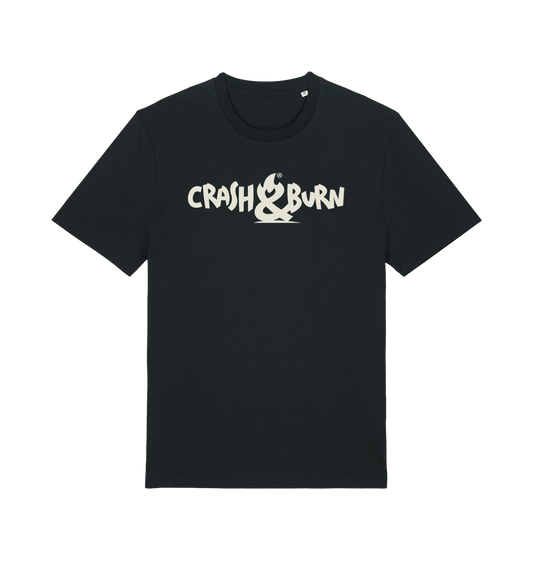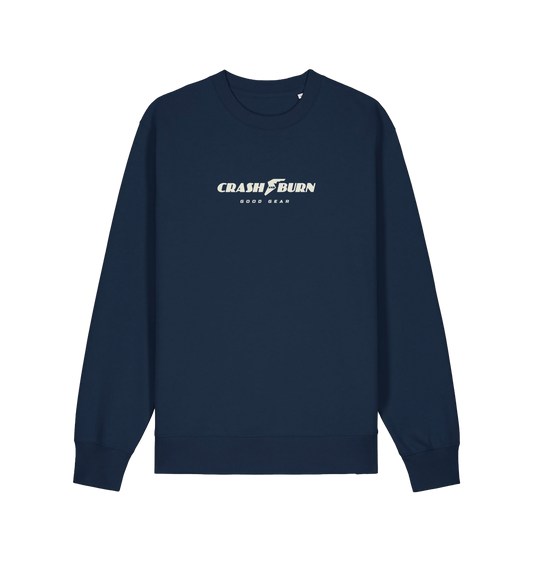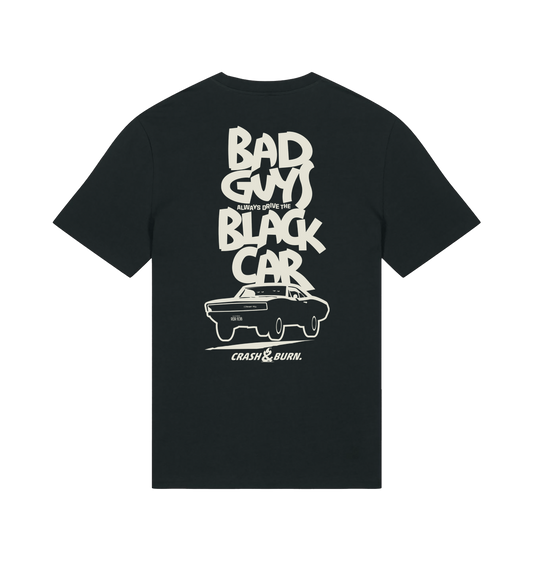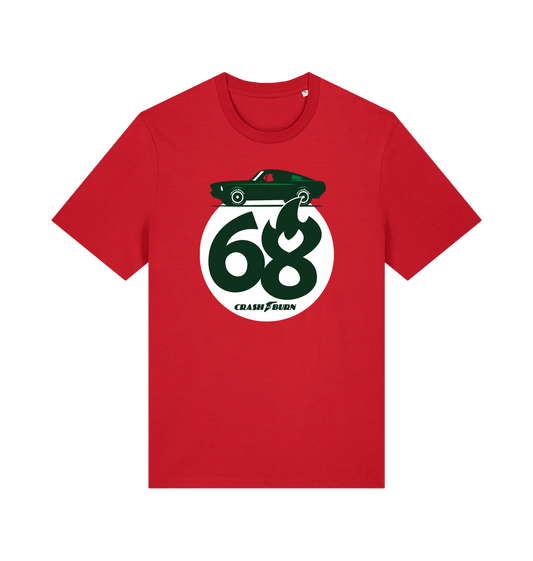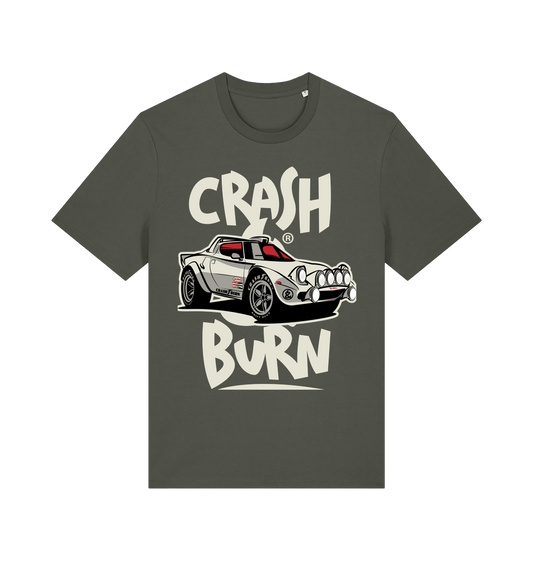
SHOP BY CATEGORY
LATEST & GREATEST
-
The Original Mustang Owners Club T-Shirt
Regular price £28.00 GBPRegular priceUnit price / per -
Good Gear Sweatshirt
Regular price £45.00 GBPRegular priceUnit price / per -
Bad Guys T-Shirt
Regular price £28.00 GBPRegular priceUnit price / per -
68 Mustang T-Shirt
Regular price £25.00 GBPRegular priceUnit price / per -
Yomama Hoodie
Regular price £55.00 GBPRegular priceUnit price / per -
Stratos T-Shirt
Regular price £25.00 GBPRegular priceUnit price / per -
Porker Sweatshirt
Regular price £45.00 GBPRegular priceUnit price / per








